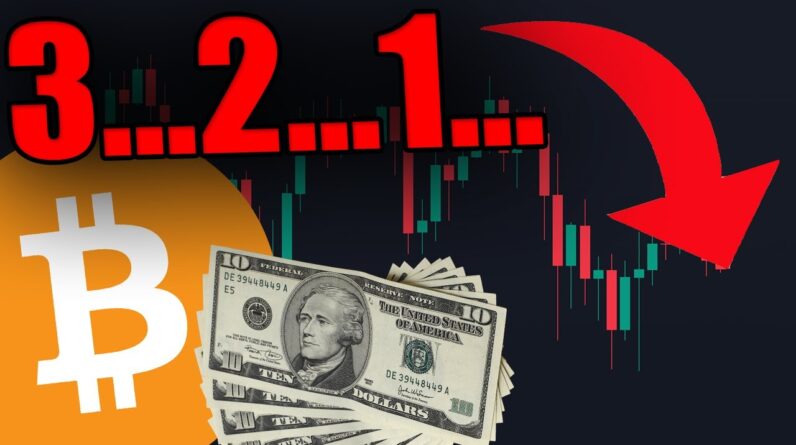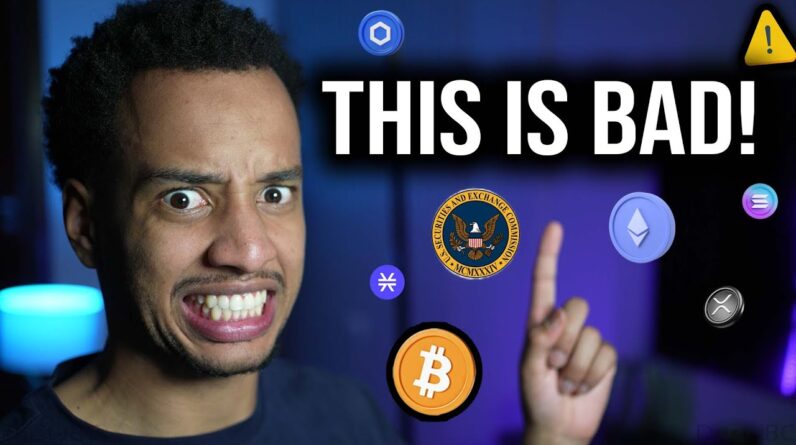
If the COVID-19 pandemic has taught us one thing about payments, it’s that speed, reliability and on-demand access to money is critically important in a world powered by digital interaction. Our world may be forever changed, but with that change comes the potential to optimize better ways of doing day-to-day life tasks—payments included.
Given the current economic landscape, we recently posited that real-time, instantaneous payments are now more important than ever. And there’s a logical extension to this view, centered around the growing necessity and demand for affordable and immediate cross-border payments.
Solving for the glaring deficiencies of the current cross-border payment ecosystem is a challenge that must be overcome. Currently stymied by antiquated systems and a lack of universal protocols and regulations, cross-border payments are way more burdensome for the end-user than they should be.
Luckily, that tide seems to be shifting. Powerful new technologies built on blockchain and empowered with digital assets are catalyzing a sea-change in how money is moved around the world, with the potential to unlock enormous benefits for both individuals and businesses as societies worldwide continue to digitize.
A Snapshot of the Cross-Border Payment Landscape Today
If you’ve ever had to send money abroad, then you’re well aware of how frustrating the process can be. To say that the current infrastructure for cross-border payments is broken would be an understatement. It’s a very slow, expensive process—and you often don’t know if or when your money will even arrive. This sits in stark contrast to the digital services we now not only expect, but rely on more than ever.
Sending global, cross-border payments should be easy, seamless, immediate and cost-effective. However, the underlying systems, protocols and liquidity management models underpinning cross-border payments are complex, restrictive and fragmented. This means costly delays and high foreign transfer fees for the end-user. Solving these issues is important for people and businesses world wide, and especially important for payment flows to low- and middle-income countries like Mexico that would benefit from instant, low-cost payments the most.
Countries and financial networks adhering to various standards is one of the main factors creating this fragmented landscape. The result is hundreds of closed networks that don’t speak to each other, loosely interconnected with unstructured payment messages requiring high manual intervention—all of which contribute to a poor payments experience.
Solving the Cross-Border Payment problem with RippleNet and ISO
To combat this, the International Standards Organization (ISO) established ISO 20022 as a universal standard to bring legacy payment infrastructures into alignment, but without a fundamental overhaul of these payment infrastructures, ISO standardization can only go so far.
To really shift the paradigm and create the kind of cross-border payment services people and businesses need, modern technology needs to be applied to the payments problem to complement ISO’s standards achievements.
Ripple’s vision is to deliver this technology transformation by establishing a new global payment network called RippleNet, built on Distributed Ledger Technology, and tightly coupled with ISO Standards. Consequently, Ripple has been a leading proponent of ISO 20022 and its mission to enable better global interoperability and an improved customer experience for payments.
As the de facto global data standard for modern payments messaging between financial institutions and payment systems, ISO 20022 is currently adopted in 70 countries. It’s estimated that 87% of global financial transactions will be supported by ISO 20022 by 2023. This common language helps financial institutions, banks and payments systems streamline processing in cross-border payments as well as strengthen regulatory controls.
With increased adoption of ISO 20022, combined with the fresh approach made possible with RippleNet’s Distributed Ledger Technology, we can better shape the future of cross-border payments.
The banks and financial institutions joining RippleNet are catalyzing ISO20022 standards adoption and helping to jolt cross-border payment methods into the modern world, providing a truly frictionless experience to remitters, small businesses and emerging digital marketplaces worldwide.
The post Why Real-time Cross-Border Payments Are Poised to Breakthrough appeared first on Ripple.







